
Photograph credit (Authors Note): National Media Museum/SSPL Text copyright 2012 by Shirley Raye Redmond
Cover art and interior illustrations copyright 2012 by Red Hansen All rights reserved. Published in the United States by Random House Childrens Books, a division of Random House, Inc., New York. Step into Reading, Random House, and the Random House colophon are registered trademarks of Random House, Inc. Visit us on the Web!
StepIntoReading.com
randomhouse.com/kids Educators and librarians, for a variety of teaching tools, visit us at
randomhouse.com/teachers
Library of Congress Cataloging-in-Publication Data Redmond, Shirley Raye.
Fairies! : a true story / by Shirley Raye Redmond ; illustrated by Red Hansen.
p. cm. bdg.)
ISBN 978-0-307-97693-2 (ebk) 1. bdg.)
ISBN 978-0-307-97693-2 (ebk) 1.
FairiesJuvenile literature. I. Hansen, Red, ill. II. Title.
GR549.R43 2012
398.21dc22
2010030850 Random House Childrens Books supports the First Amendment and celebrates the right to read. 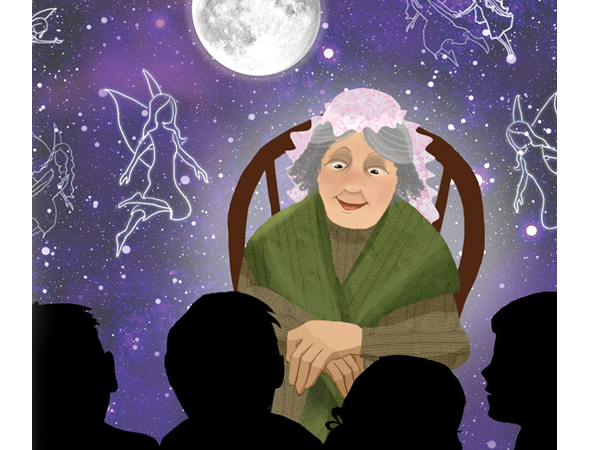 In some stories, fairies come out to dance when the moon is full.
In some stories, fairies come out to dance when the moon is full.  In some stories, fairies come out to dance when the moon is full.
In some stories, fairies come out to dance when the moon is full.
Sometimes they steal babies from their cradles. They leave fairy children in their place.  In Ireland, fairies are called the wee folk. In parts of Africa, there are kind fairies called azizas (say ah-ZEE-zahz).
In Ireland, fairies are called the wee folk. In parts of Africa, there are kind fairies called azizas (say ah-ZEE-zahz). 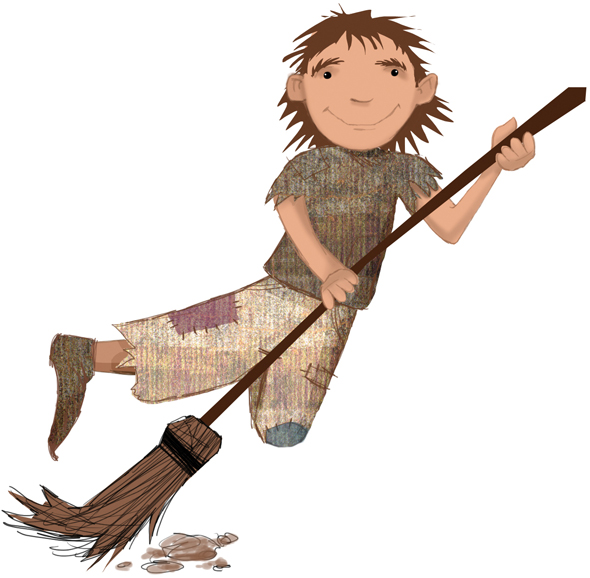 The brownies of England and Scotland are helpful. They run errands and clean stables.
The brownies of England and Scotland are helpful. They run errands and clean stables.
But not all fairies are friendly. 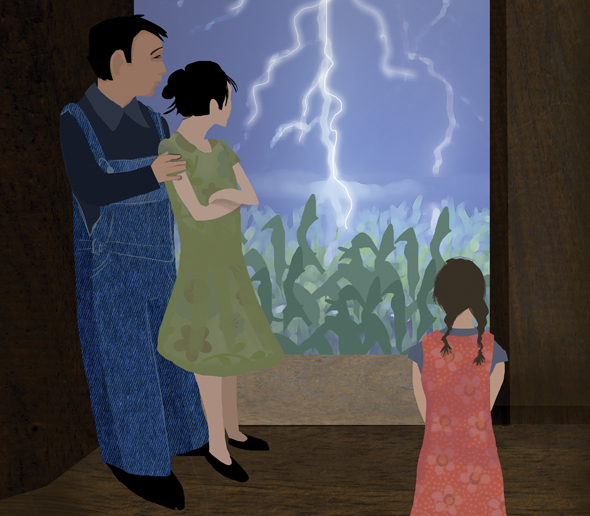 Britains ugly spriggans bring bad weather to ruin crops. And the leshy, or Slavic forest fairies, beat people with sticks and tree limbs.
Britains ugly spriggans bring bad weather to ruin crops. And the leshy, or Slavic forest fairies, beat people with sticks and tree limbs. 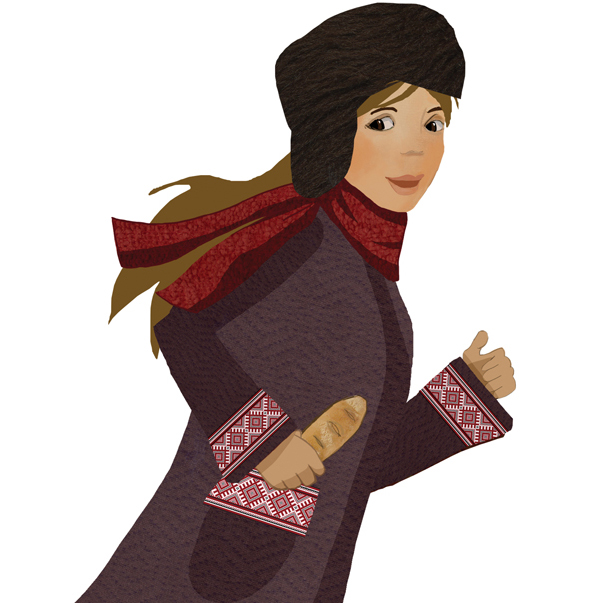 Cautious travelers carried dry bread in their pockets to protect themselves from fairy mischief.
Cautious travelers carried dry bread in their pockets to protect themselves from fairy mischief. 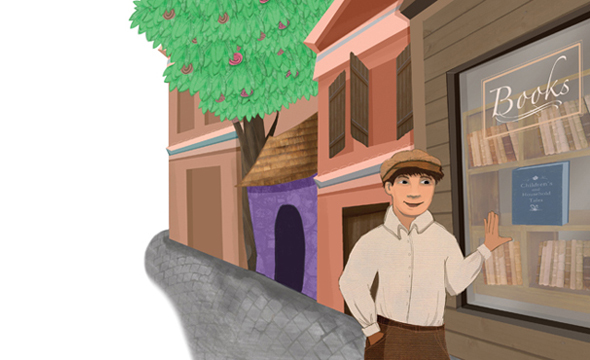 More than two centuries ago, brothers Jacob and Wilhelm Grimm spent many years collecting German fairy tales. Their book, Childrens and Household Tales, was published in 1812.
More than two centuries ago, brothers Jacob and Wilhelm Grimm spent many years collecting German fairy tales. Their book, Childrens and Household Tales, was published in 1812.
It became popular around the world. 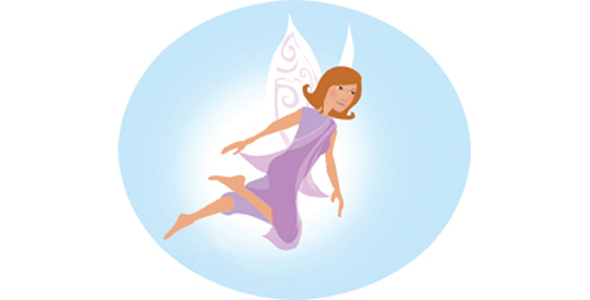 But are fairies real? Today, most people say no. Some folklore researchers, though, say maybe.
But are fairies real? Today, most people say no. Some folklore researchers, though, say maybe. 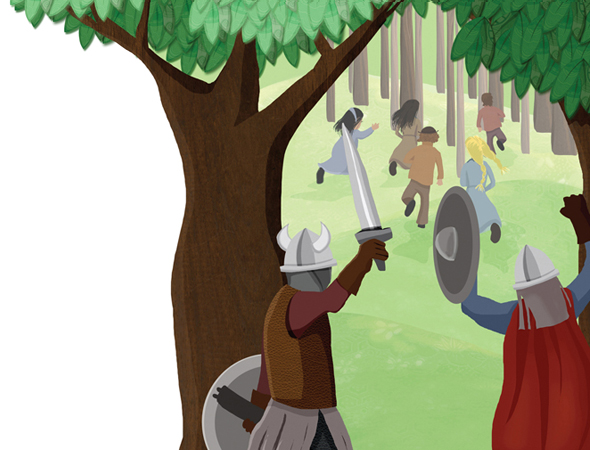 They say that a long time ago in Great Britain there may have been a group of small people. They may have been conquered by tall invaders.
They say that a long time ago in Great Britain there may have been a group of small people. They may have been conquered by tall invaders. 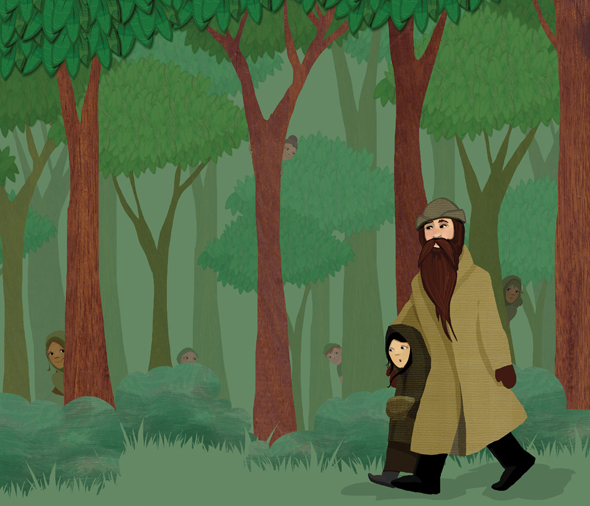 To avoid capture, these small people hid in the forest.
To avoid capture, these small people hid in the forest.
They wore green clothes so they would be hard to spot. 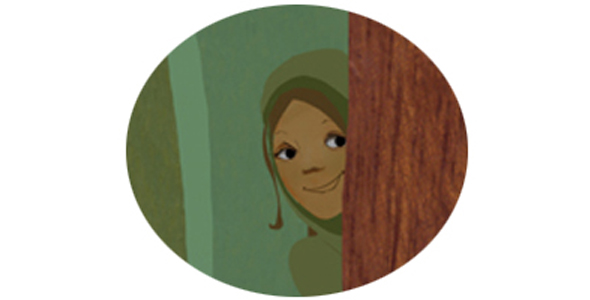 They came out only at night to hunt and steal food. Sometimes they even switched their sick babies for healthy ones. Over time, these small people died off. But their neighbors still told tales about them.
They came out only at night to hunt and steal food. Sometimes they even switched their sick babies for healthy ones. Over time, these small people died off. But their neighbors still told tales about them. 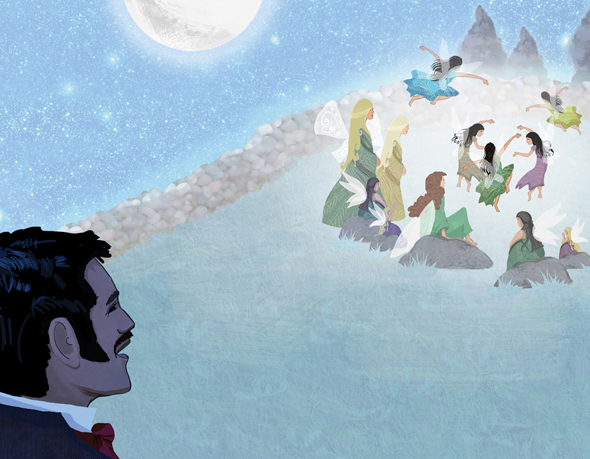 There are others who say fairies are real.
There are others who say fairies are real.
They insist they have seen them! In 1842, in Stowmarket, England, a man saw a dozen fairies dancing in the moonlight.  He ran home and told his neighbors. They rushed back to the meadow. But when they got there, the fairies had disappeared.
He ran home and told his neighbors. They rushed back to the meadow. But when they got there, the fairies had disappeared. 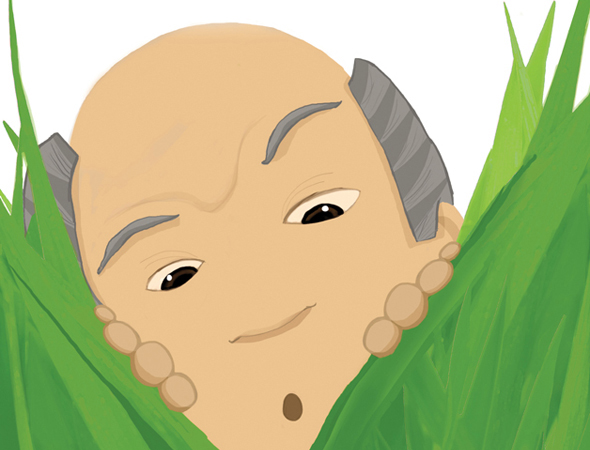 William Blake was a famous British poet.
William Blake was a famous British poet. 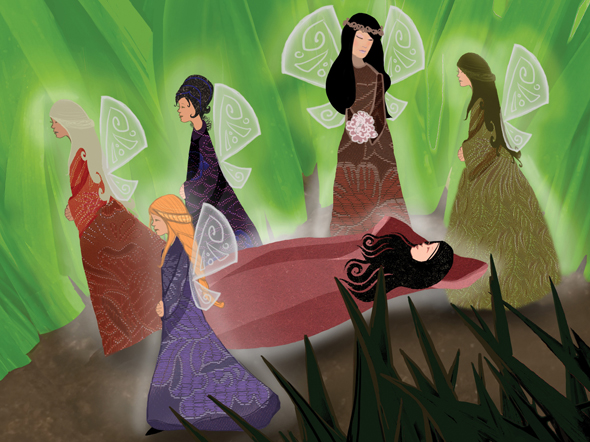 He told his friends the fairies were as small as grasshoppers.
He told his friends the fairies were as small as grasshoppers.  He told his friends the fairies were as small as grasshoppers.
He told his friends the fairies were as small as grasshoppers.
They carried a dead fairy on a rose petal. They sang a sad song as they passed him in the garden. 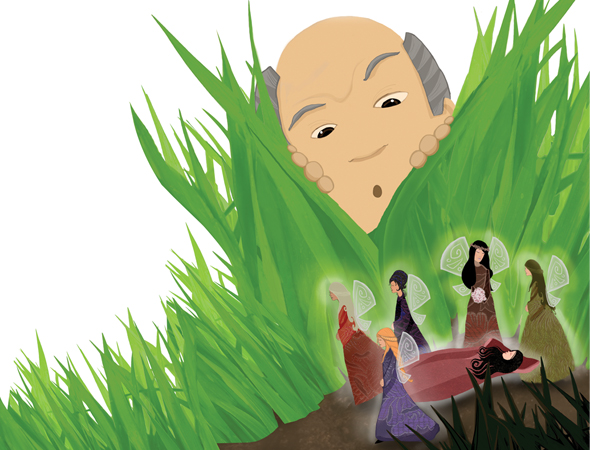 Did these men really see fairies? Maybe. Maybe not. People sometimes make up stories to explain things they dont understand.
Did these men really see fairies? Maybe. Maybe not. People sometimes make up stories to explain things they dont understand.  Weather can play tricks on our eyes.
Weather can play tricks on our eyes.
Fairies dancing in a meadow might be nothing more than fireflies or snowflakes. 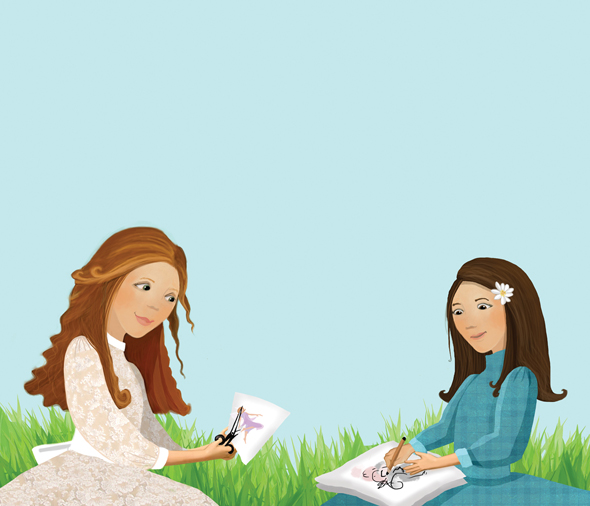 Some people who think they have seen fairies have been tricked. The most famous fairy prank took place in Cottingley, England.
Some people who think they have seen fairies have been tricked. The most famous fairy prank took place in Cottingley, England.  One afternoon in July 1917, two cousins named Elsie Wright and Frances Griffiths drew some pretty fairy pictures. They cut them out like paper dolls.
One afternoon in July 1917, two cousins named Elsie Wright and Frances Griffiths drew some pretty fairy pictures. They cut them out like paper dolls. 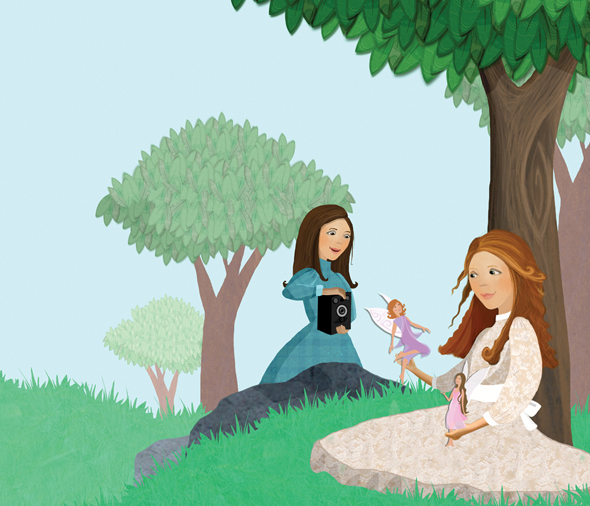


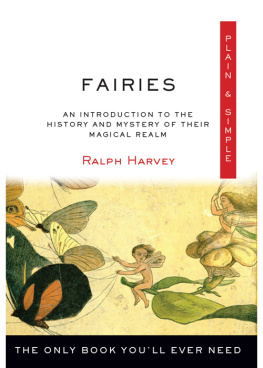
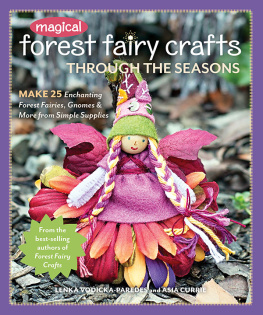

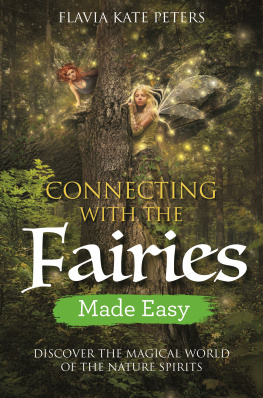
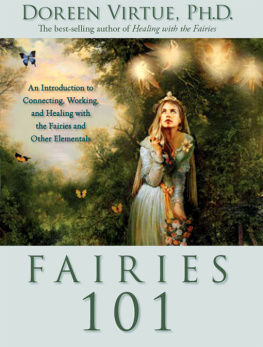
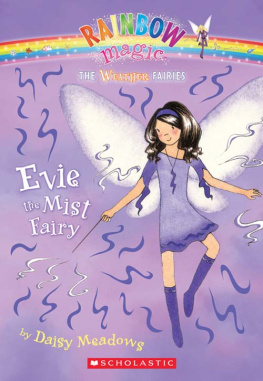


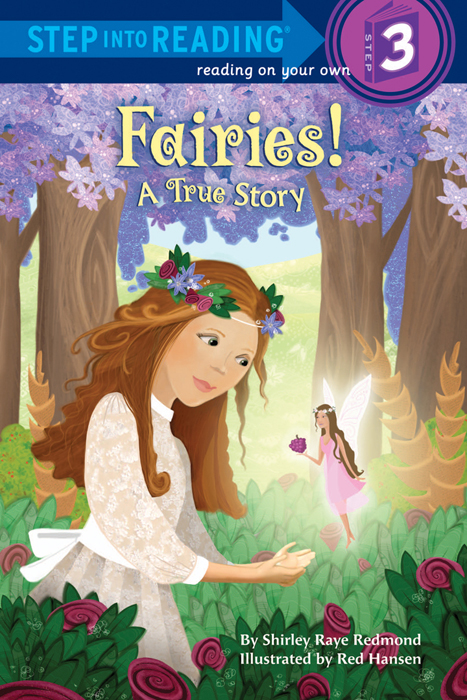

 Photograph credit (Authors Note): National Media Museum/SSPL Text copyright 2012 by Shirley Raye Redmond
Photograph credit (Authors Note): National Media Museum/SSPL Text copyright 2012 by Shirley Raye Redmond In some stories, fairies come out to dance when the moon is full.
In some stories, fairies come out to dance when the moon is full.  In Ireland, fairies are called the wee folk. In parts of Africa, there are kind fairies called azizas (say ah-ZEE-zahz).
In Ireland, fairies are called the wee folk. In parts of Africa, there are kind fairies called azizas (say ah-ZEE-zahz).  The brownies of England and Scotland are helpful. They run errands and clean stables.
The brownies of England and Scotland are helpful. They run errands and clean stables. Britains ugly spriggans bring bad weather to ruin crops. And the leshy, or Slavic forest fairies, beat people with sticks and tree limbs.
Britains ugly spriggans bring bad weather to ruin crops. And the leshy, or Slavic forest fairies, beat people with sticks and tree limbs.  Cautious travelers carried dry bread in their pockets to protect themselves from fairy mischief.
Cautious travelers carried dry bread in their pockets to protect themselves from fairy mischief.  More than two centuries ago, brothers Jacob and Wilhelm Grimm spent many years collecting German fairy tales. Their book, Childrens and Household Tales, was published in 1812.
More than two centuries ago, brothers Jacob and Wilhelm Grimm spent many years collecting German fairy tales. Their book, Childrens and Household Tales, was published in 1812. But are fairies real? Today, most people say no. Some folklore researchers, though, say maybe.
But are fairies real? Today, most people say no. Some folklore researchers, though, say maybe.  They say that a long time ago in Great Britain there may have been a group of small people. They may have been conquered by tall invaders.
They say that a long time ago in Great Britain there may have been a group of small people. They may have been conquered by tall invaders.  To avoid capture, these small people hid in the forest.
To avoid capture, these small people hid in the forest. They came out only at night to hunt and steal food. Sometimes they even switched their sick babies for healthy ones. Over time, these small people died off. But their neighbors still told tales about them.
They came out only at night to hunt and steal food. Sometimes they even switched their sick babies for healthy ones. Over time, these small people died off. But their neighbors still told tales about them.  There are others who say fairies are real.
There are others who say fairies are real. He ran home and told his neighbors. They rushed back to the meadow. But when they got there, the fairies had disappeared.
He ran home and told his neighbors. They rushed back to the meadow. But when they got there, the fairies had disappeared.  William Blake was a famous British poet.
William Blake was a famous British poet.  He told his friends the fairies were as small as grasshoppers.
He told his friends the fairies were as small as grasshoppers.  Did these men really see fairies? Maybe. Maybe not. People sometimes make up stories to explain things they dont understand.
Did these men really see fairies? Maybe. Maybe not. People sometimes make up stories to explain things they dont understand.  Weather can play tricks on our eyes.
Weather can play tricks on our eyes. Some people who think they have seen fairies have been tricked. The most famous fairy prank took place in Cottingley, England.
Some people who think they have seen fairies have been tricked. The most famous fairy prank took place in Cottingley, England.  One afternoon in July 1917, two cousins named Elsie Wright and Frances Griffiths drew some pretty fairy pictures. They cut them out like paper dolls.
One afternoon in July 1917, two cousins named Elsie Wright and Frances Griffiths drew some pretty fairy pictures. They cut them out like paper dolls. 